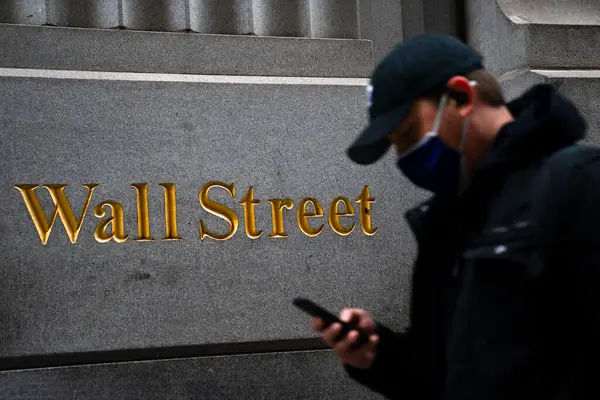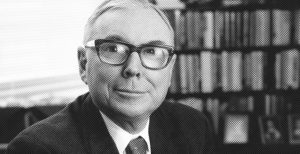US stocks ended sharply lower on Wednesday after the Federal Reserve announced another major interest rate hike and increased its outlook for how high it expects to raise rates in coming months.
Short-term Treasury yields moved further into multiyear highs after the Fed hiked its short-term rate by three-quarters of a point. The central bank also said it now expects its benchmark rate to be a full percentage point higher by the end of the year than it predicted in June.
Also Read | Bitcoin, Ethereum falls over 1% as US Fed hikes key interest rates
“We have got to get inflation behind us,” Fed Chair Jerome Powell said during a press conference. “I wish there were a painless way to do that. There isn’t.”
The S&P 500 fell 66 points or 1.71% to 3,789.93, its lowest level since mid-July after trading between gains and losses as traders considered the impact of the Fed’s update on interest rates, which have widespread effects on markets and the economy.
The Dow Jones Industrial Average also fell 522.45 points or 1.7% to 30,183.78 after flipping between gains and losses. The Nasdaq composite fell 204.86 points or 1.8% to 11,220.19. The major indexes are on track for their fifth weekly loss in six weeks.
Also Read | Oil prices fall nearly 1% as US Fed hikes interest rates by 75 basis points
Smaller company stocks also tanked. The Russell 2000 index fell 25.35 points, or 1.4%, to 1,762.16.
The broader market has been hovering between gains and losses throughout the week ahead of the latest update on interest rates from the Fed. More than 90% of the stocks in the S&P 500 declined. Retailers, banks, and technology stocks are among the heaviest weights on the benchmark index. Amazon slipped 3%, Bank of America shed 3% and Apple lost 2%.
Also Read | Gold prices fall after US Fed interest rate hike
The yield on the two-year Treasury, which tends to follow expectations for Fed action, rose to 4.02% from 3.97% late Tuesday. It is trading at its highest level since 2007. The yield on the 10-year Treasury, which influences mortgage rates, fell to 3.52% from 3.56% on late Tuesday.
During his press conference, Powell stressed his resolve to lift rates high enough to slow the economy and drive inflation back toward the central bank’s 2% goal. Powell said the Fed has just started to get to that level with this most recent increase.
Also Read | US dollar rises to new two-decade high after Fed hikes interest rates again
The central bank’s latest rate hike lifted its benchmark rate, which affects many consumer and business loans, to a range of 3% to 3.25%, the highest level in 14 years, and up from zero at the start of the year.
The Fed is hiking interest rates aggressively to fight the worst inflation in four decades and high prices on everything from food to clothing. The concern is that the Fed may cause a recession by slowing the economy too much. Those concerns have been raised by reports showing that inflation remains stubbornly high and statements from Fed officials they will keep raising rates until they are sure inflation is coming under control.
Also Read | How Paul Volcker tamed inflation with two recessions in 1980s
Central banks worldwide are also dealing with inflation. The Bank of Japan began a two-day monetary policy meeting Wednesday, although analysts expect the central bank to stick to its easy monetary policy. Rate decisions from Norway, Switzerland, and the Bank of England are next. Sweden surprised economists this week with a full-point hike.







